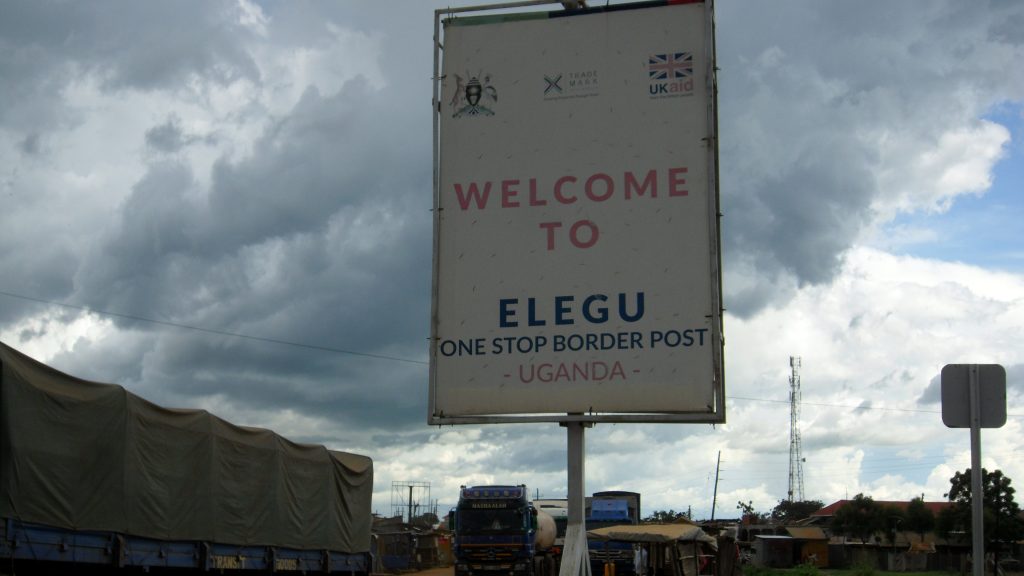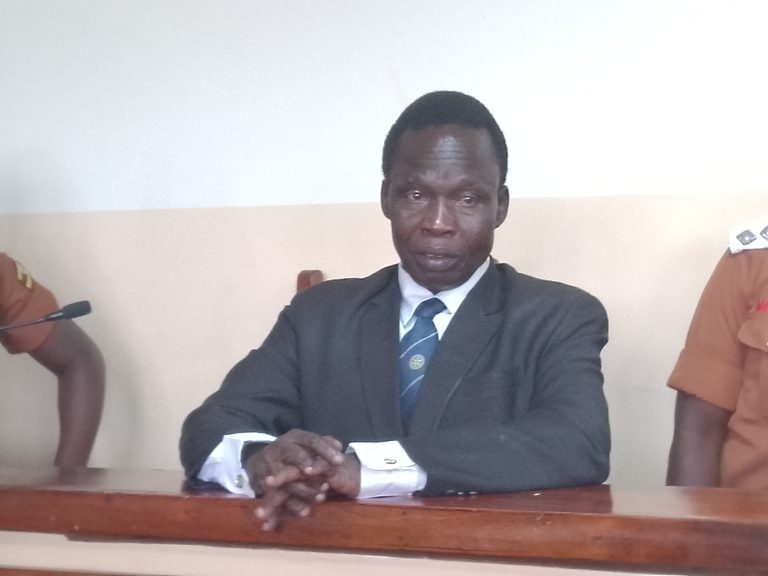By Tolit Ivan
There is panic in Amuru district after a patient presented with signs and symptoms of Mpox disease in the district on Saturday evening.
Mpox, the high infectious disease that used to be called monkeypox, has been declared a public health emergency in Africa by the continent’s top health body.
The victim, a male adult and a resident of Elegu town Council, presented with severe headache and skin rash shortly after returning from south Sudan. He was immediately isolated at the Elegu Port health Isolation centre before being transferred to Bibia Health centre III.
Dr Alfred Okello, the Amuru District Health Officer, confirmed the report saying his samples have been taken to the Uganda Virus Research Institute for test.
Health officials at Elegu Border point say screening of travelers entering and exiting Uganda has been heightened at the border following the suspected case of Mpox but are challenged with inadequate sample testing kits.
Close to 1,000 people are screened daily at the Elegu border point according to health officials, the majority being travelers and refugees from South Sudan and Sudan.
Early this month, the Health Ministry announced it had registered two imported cases of Mpox in the Western district of Kasese from the neighboring Democratic Republic of Congo (DRC). No new case has since been reported around the country.
Last week, the Ministry of Health classified 23 districts on the Uganda-DRC border as high risk for potential importation of the monkey virus MPOX.
The Minister of Health, Jane Ruth Aceng said five of the 23 districts are hosting refugees from DRC, while Kampala is included on the list.
She also revealed that a one-year MPOX preparedness and response plan has been developed. An emergency response mechanism similar to what was used during the Ebola and Murburg virus outbreaks has been reactivated at the Ministry of Health and Kasese district.
According to WHO, Common symptoms of mpox are a skin rash or mucosal lesions that can last 2–4 weeks and are accompanied by fever, headache, muscle aches, back pain, low energy, and enlarged lymph nodes. The disease can be transmitted from human to human through direct contact with infectious skin or other lesions such as in the mouth or on the genitals




